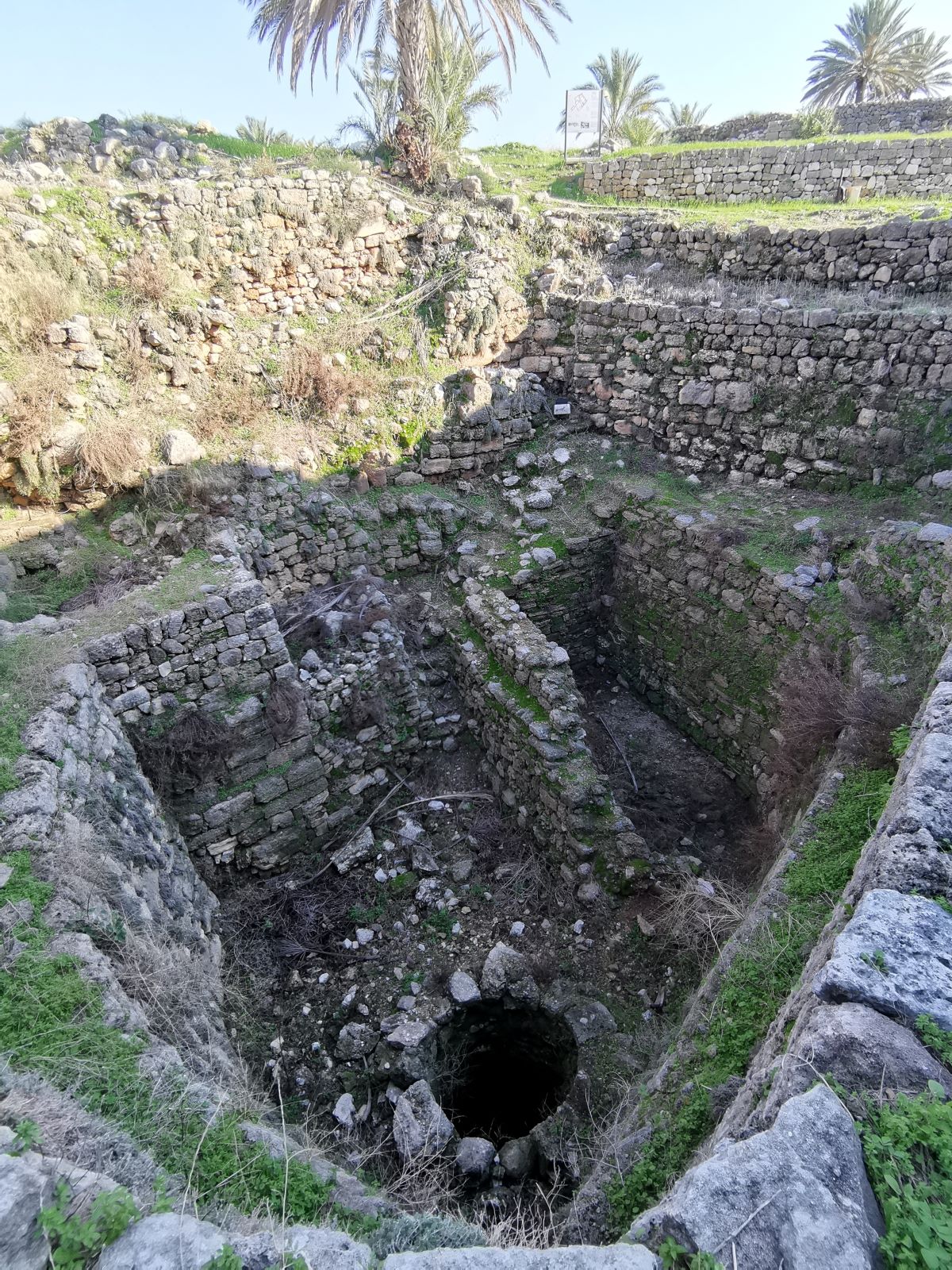For almost 3 millennials, the Phoenicians of Byblos and the ancient Egyptians maintained close cultural, social, spiritual – and most importantly – economical relationships. These close ties were translated by the well-known Isis-Osiris Egyptian myth that took place in today’s Byblos archeological site, at a spot known as “The King’s Well”.
What was the legend about, who were its main figures, and what did it represent at that time?
Iset
Best known by her Latin name Isis, Iset (or Aset) was the divine protector of the dead in Egyptian mythology .
She was the sister and wife of Osiris, and daughter of the earth god Geb and the sky goddess Nut.
Usire
Best known by his Latin name Osiris, Usire (or Aser) was the god of fertility, the afterlife and the dead.
He was the brother and husband of Iset, and son of the earth god Geb and the sky goddess Nut.
Sutekh
Best known by his Latin name Seth, Sutekh (or Set) was the god of war and chaos in Egyptian mythology.
He was the brother of Usir and Isis, and son of the earth god Geb and the sky goddess Nut.
Her
Best known by his Latin name Horus, Her (or Heru, Hor, Har) was the god of kingship and the sky.
He was the son of Usire and Iset.
The Legend
According to the De Iside et Osiridehis, written by the Greek author Plutarch, Seth plotted against Osiris, with the help of others, by building a chest that fit his brother and him only, tricking him into lying down in it.
Falling into the trap, Osiris was sealed in the chest and thrown into the Nile. The sealed chest was fetched up on the coast of Byblos, where it became enfolded in a tree which was then incorporated by the king of Byblos as a pillar supporting the roof of a building.
Devastated by the death of her husband, Isis received news that the sealed chest was found on the shores of Byblos.
She then travels to Byblos, and upon her arrival, she sat by the city’s water source, known today as “The King’s Well”.
The story goes that Isis managed to locate and cut the tree-pillar, retrieved the chest of her husband and took it back to Egypt where she revived him.
Osiris went on to become god of the dead and lived in the underworld. His son Horus defeated Seth and became the protector of the pharaohs.
The King’s Well
The King’s Well, was at the core of the religious life of the city since the 3rd Millennium BC, which saw the building of several temples surrounding the sacred source. It was the location where Isis laid down upon her arrival to Byblos, and the meeting place with the queen’s maids.
Representation
The myth symbolizes the fight between good and evil, what is right and what is wrong, and the respect of kingship and succession in ancient Egypt.
Scroll down to enjoy the pictures
Karim Sokhn
Tour Operator & Tour Guide
References:
Isis and Osiris Legend & Myth
https://www.britannica.com/topic/Osiris-Egyptian-god
https://egyptfuntours.com/ancient-egypt-mythology/the-legend-of-god-osiris/


